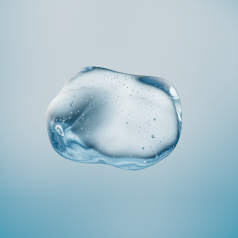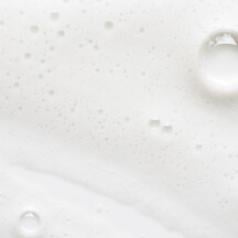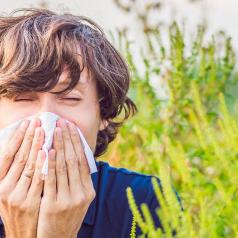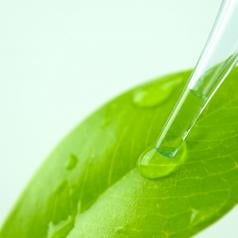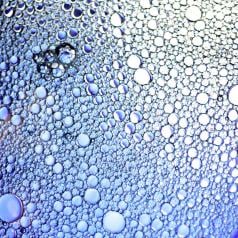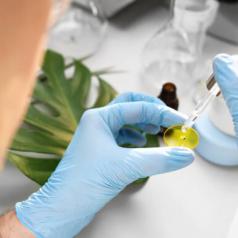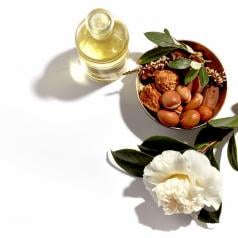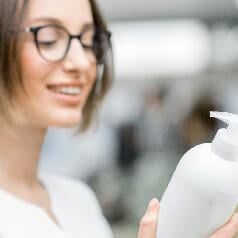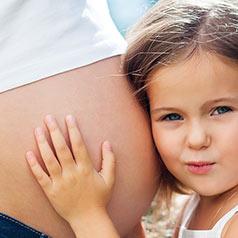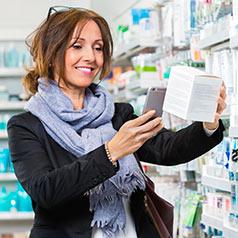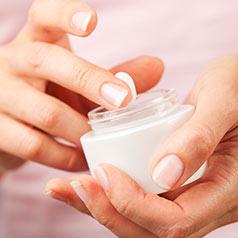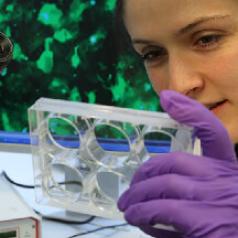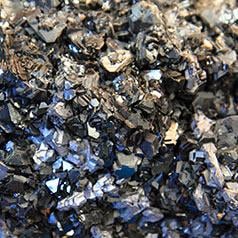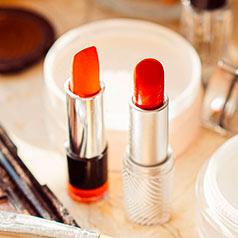For babies, children, teenagers and pregnant women, L'Oréal follows a specific formulation charter and special safety assessment strategies. Thus, the safety of our products is evaluated and guaranteed for all audiences to which they are addressed.
Babies (0-3 years), children (3-11 years) and teenagers (12-18 years)
Strict Rules for the Composition of Baby, Children and Teenager's Products
We follow strict rules for the composition of products intended for babies, who are more sensitive. A specific safety assessment of products intended for babies is provided for in the regulations. It also requires special attention to be paid to the microbial protection of cosmetic products used on babies under three years of age.
At the L'Oréal laboratories, we have a specific formulation charter and rigorous tests performed before we put on the market a product for babies (under 3 years), children (3-11 years) and teenagers (12-18 years).
The raw materials used in baby and children's products are 100% hypoallergenic and of proven maximum tolerance. The concentration of ingredients, especially foaming agents, is specifically adapted to babies and children. All children's products, as well as those "for the whole family" (for example,shower gels ), respect this principle.
Formulas for babies, children and teenagers are tested to ensure their safety as following:
- Formulas for babies and children are first tested for use on panels of adult consumers, then on the baby or child, following approval by an independent ethics committee, and done under dermatological control with / without under supervision of pediatrician.
- Formulas dedicated for teenagers are tested for use on panels of adult's consumers and depending on the type of products some additional clinical tests are performed on teenagers under supervision of dermatologist.
We offer hygiene and care products for babies essential to their hygiene and well-being: cleansing gel, micellar lotion, wipes, nappy cream, etc. We limit children's products to the essential needed for their care: body and hair wash products or sun protection products. For teenagers, we provide products needed for their care and hygiene: products for acne-prone skin, body and hair washes, deodorants, hair, and sun protection products.
Some categories of products should not be used on babies, children and teenagers such as hair coloring and bleaching products, peelings and anti-aging products.

The issue of sun care products
To protect babies and children, exposure to the sun, be it direct or indirect, should be limited or even prohibited (especially for babies), for example during outdoor activities or stroller rides, whatever the season. In the case of indirect exposure (in the shade), babies’ and children's heads must be covered with a hat, and they should wear glasses and a T-shirt.
Dermatologists consider it useful to protect babies and children with a sunscreen product, in addition to not exposing them to the sun. Indeed, the risk of skin cancer in adults increases in proportion to the number of sunburns suffered during childhood. It is recommended to use products specifically formulated for them.
We formulate sun protection products for children with special attention to detail:
- They have a systematically high sun protection factor (SPF): between 30 and 50+.
- They contain a lower concentration of certain ingredients; specifically, the concentration of UV filters is adjusted to ensure optimal protection.
- They are hypoallergenic.
- They are designed to be particularly effective on the skin, guaranteed to withstand typical children's behavior at the beach, such as high resistance to water and sand. Their texture is more adapted and stickier, the product is more visible to ensure it is spread everywhere on the child's skin.
Pregnant women
At the L'Oréal Laboratories, we have a specific formulation charter for products intended for pregnant women. We tailor our safety assessment to this specific consumer population.
The vast majority of our products can be used safely by pregnant women, unless otherwise indicated by the gynaecologist. In the event of doubt, especially for professionals (e.g. hairdressers), we recommend asking a doctor.
However, there are some exceptional cases where we may advise against the use of a product in pregnant women. When our safety analysis requires it, we include a special mention on the product's packaging. This is the case on some products such as slimming products containing caffeine.
In the specific case of hair colouring products, no studies have been able to demonstrate a link between hair colouring and risk to the foetus. The same applies to bleaching products. Each hair colouring is evaluated by the Scientific Committee on Consumer Safety which examines all toxicological data, including the study of the impact on foetal development. The available data suggest that there is no specific risk to pregnant women and their unborn babies, hence the absence of specific restrictions on use for this population. The risk of allergy is well identified, for all categories of users, and is therefore duly mentioned on the packs with a recommendation to carry out a spot test before each use. This is especially recommended for pregnant women, as treatment for an allergy with drugs may be problematic.


